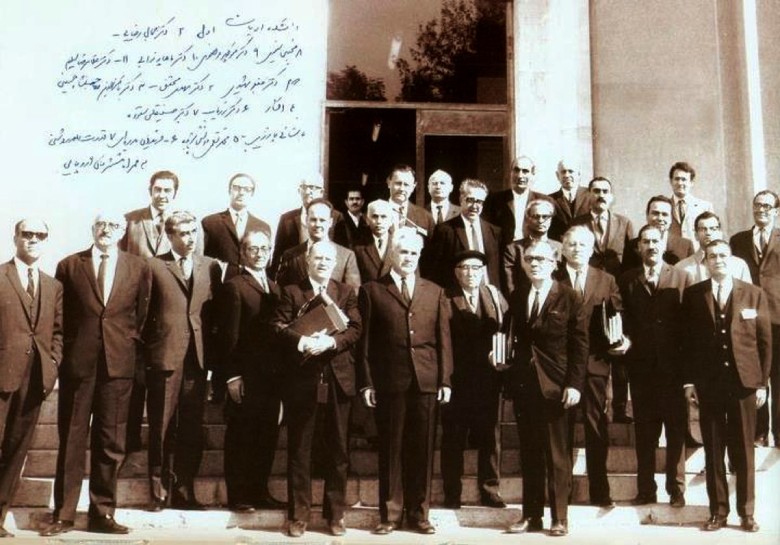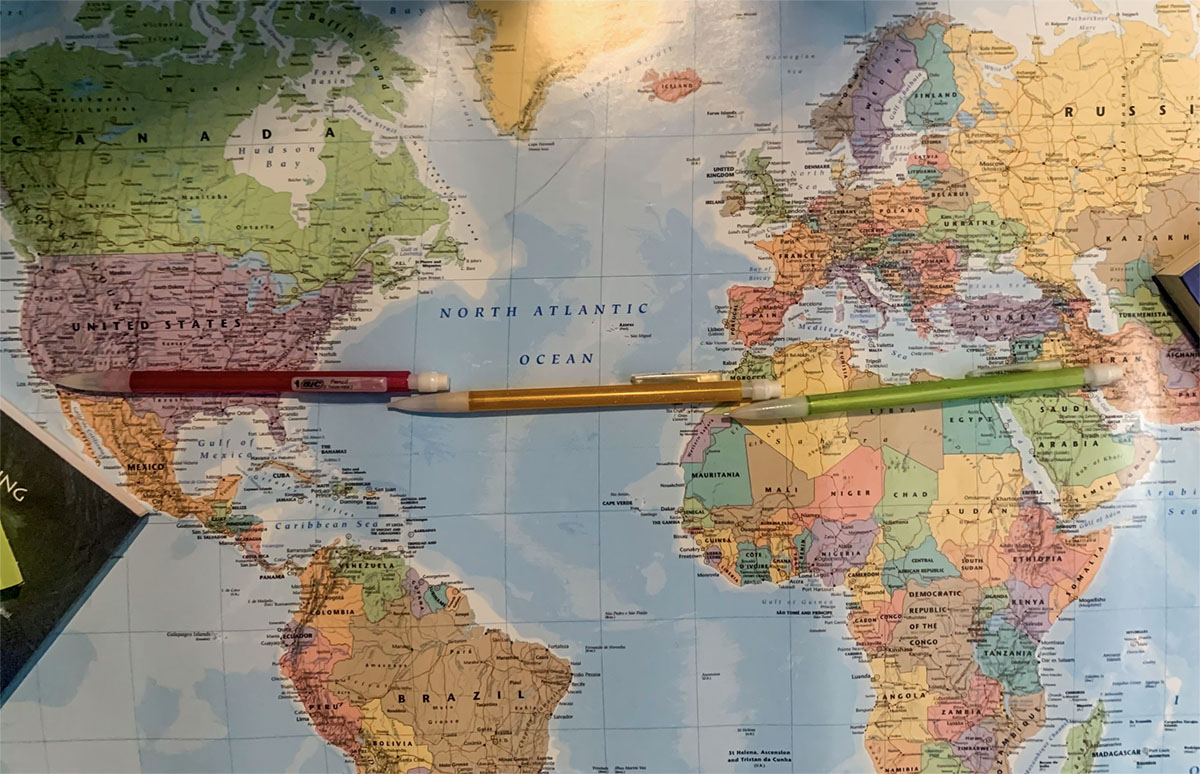Persian literature is rich with centuries-old traditions, from epic poetry like the Shahnameh to the profound mysticism of Rumi and Hafez. These classical giants have long cast their shadows over Persian literature, captivating readers worldwide. However, Iranian literature did not stop evolving with these iconic voices. Modern Persian literature has emerged as a dynamic and diverse field, offering a fresh perspective on Iranian life, culture, and politics.
In this blog post, we'll take a look at the vibrant world of modern Persian literature, exploring its themes, trends, and some of the contemporary authors who have helped shape the literary landscape of Iran in the 20th and 21st centuries. From post-revolutionary voices to experimental styles, modern Persian literature reflects the complexities of a nation in flux, grappling with its past while looking toward the future.
📚 Modern Persian Literature: An Overview
While Persian literature has always had an undercurrent of change and innovation, the most significant shifts came in the 20th century, particularly after the Iranian Revolution of 1979. The revolution marked a pivotal moment not only in Iranian politics but also in the cultural sphere. After the rise of the Islamic Republic, many Iranian writers faced censorship, ideological control, and the stifling of creative freedom. Despite these challenges, Persian writers continued to produce works that critiqued society, explored human emotions, and celebrated the complexities of Iranian identity.
Modern Persian literature, influenced by both Western literary movements and traditional Persian forms, covers a vast range of genres, including fiction, poetry, short stories, and drama. It is marked by the experimentation with form and style, a willingness to engage with political and social issues, and a global outlook that reaches beyond Iran's borders.
✒️ Themes in Modern Persian Literature
Modern Persian authors have tackled various themes, often reflecting the complex realities of post-revolutionary Iranian society. Here are some of the most notable ones:
1. The Impact of Political Change
Many contemporary Persian writers have grappled with the political upheaval caused by the 1979 Revolution and its aftermath. The revolution brought profound changes, both positive and negative, to the lives of everyday Iranians. Writers such as Mahmoud Dowlatabadi and Sadegh Hedayat have chronicled the impact of these shifts, often painting a picture of political disillusionment, oppression, and exile.
Dowlatabadi's "The Colonel" (2013) reflects the disillusionment with the post-revolutionary state, telling the story of a former officer grappling with personal loss and political turmoil. The tension between the individual and the state is a recurring motif in modern Persian literature, with many authors reflecting on the personal cost of political ideologies.
2. Identity and Exile
The theme of identity—both national and personal—has been central to modern Persian literature. For many contemporary writers, questions about what it means to be Iranian in a rapidly changing world, as well as the experiences of exile and displacement, are significant concerns. Writers like Shahrnush Parsipur and Marjane Satrapi explore the personal struggles of living in or away from Iran, navigating between tradition and modernity.
Satrapi's graphic novel "Persepolis" (2000) is one of the most well-known works about the Iranian exile experience. It tells the story of Satrapi’s own childhood and adolescence in Iran, touching on themes of identity, loss, and displacement in the wake of the revolution.
3. Gender and Women's Rights
Modern Persian literature has also provided a platform for exploring gender roles, women's rights, and the evolving status of women in Iranian society. Writers like Zoya Pirzad and Simin Daneshvar have written about women's lives, often underlining the struggles they face in a patriarchal society.
Simin Daneshvar’s "Savushun" (1969) is one of the most influential works of modern Persian literature. The novel, set in the 1940s, deals with the life of a woman caught between the personal and the political, exploring the social expectations placed on women during a period of national crisis.
4. The Quest for Freedom and Modernity
The tension between traditional values and modern aspirations runs through much of modern Persian literature. Many writers have explored the search for freedom—both intellectual and physical—amid the restrictions of an authoritarian society. The push and pull between a longing for progress and the weight of historical and cultural traditions provides a nuanced look at Iranian identity.
Kader Abdolah’s novel "The House of the Mosque" (2005) delves into this struggle, capturing the transformation of Iranian society in the 20th century. It explores the clash between the conservative, religious forces in the country and the burgeoning desire for individual freedoms and modern values.
✍️ Notable Contemporary Persian Authors
Iran has produced a new generation of talented writers whose works are gaining international recognition. These authors blend the deep cultural heritage of Iran with modern literary techniques and universal themes. Here are a few of the most influential:
1. Marjane Satrapi
Marjane Satrapi is one of Iran’s most famous modern authors, best known for her autobiographical graphic novel "Persepolis". This poignant and humorous coming-of-age story, told through a series of black-and-white illustrations, chronicles her experiences growing up during and after the Islamic Revolution. Persepolis has been translated into multiple languages and adapted into an animated film. Satrapi’s work offers a personal, relatable account of life in Iran and the tensions between tradition and modernity.
2. Sadegh Hedayat
Although Hedayat passed away in 1951, his work remains a cornerstone of modern Persian literature. His novel "The Blind Owl" (1937) is often regarded as one of the most important works in modern Persian literature. Known for its surreal and haunting narrative, the novel explores themes of alienation, madness, and existential despair. Hedayat’s works have influenced countless writers in Iran and around the world.
3. Shahrnush Parsipur
Shahrnush Parsipur is a prominent Iranian writer known for her bold storytelling and themes that often challenge societal norms. Her novel "Women Without Men" (1989) is a magical realist work that delves into the lives of five women in Iran, exploring their emotional and spiritual journeys. Parsipur’s works are often critical of Iranian society, particularly in terms of gender inequality and political repression.
4. Hassan Blasim
Hassan Blasim is an Iranian-born author who writes in Arabic. His works often explore the tragic reality of refugee experiences and the consequences of war. His collection "The Iraqi Christ" (2013) has received international acclaim, with critics praising his ability to depict the trauma and psychological aftermath of the Iraqi conflict while staying true to his Iranian roots.
🌍 The Global Impact of Modern Persian Literature
Modern Persian literature is not just for readers in Iran. Its themes of identity, displacement, social justice, and personal freedom resonate with readers all over the world. Authors like Marjane Satrapi, Shahrnush Parsipur, and Asghar Farhadi have brought Iranian voices into the global conversation, shedding light on the rich complexity of Iranian society and culture.
As Persian literature continues to evolve in the 21st century, its global reach only expands, with works being translated into multiple languages and gaining recognition on the world stage. Whether through the intimate storytelling of Iranian authors or their reflections on universal themes, modern Persian literature offers readers a unique lens through which to understand the heart and soul of Iran.
📖 Conclusion
Modern Persian literature is vibrant, diverse, and constantly evolving. Far from being confined to its classical heritage, contemporary Persian writers have made their mark on the world by addressing universal issues through a distinct Iranian lens. The works of these authors offer a window into the lives of Iranians, revealing their dreams, struggles, and resilience. Whether through the stark realism of Marjane Satrapi, the bold imagination of Shahrnush Parsipur, or the deep psychological complexity of Sadegh Hedayat, modern Persian literature continues to captivate readers, inviting them to explore the ever-changing landscape of Iran's culture, history, and identity.





